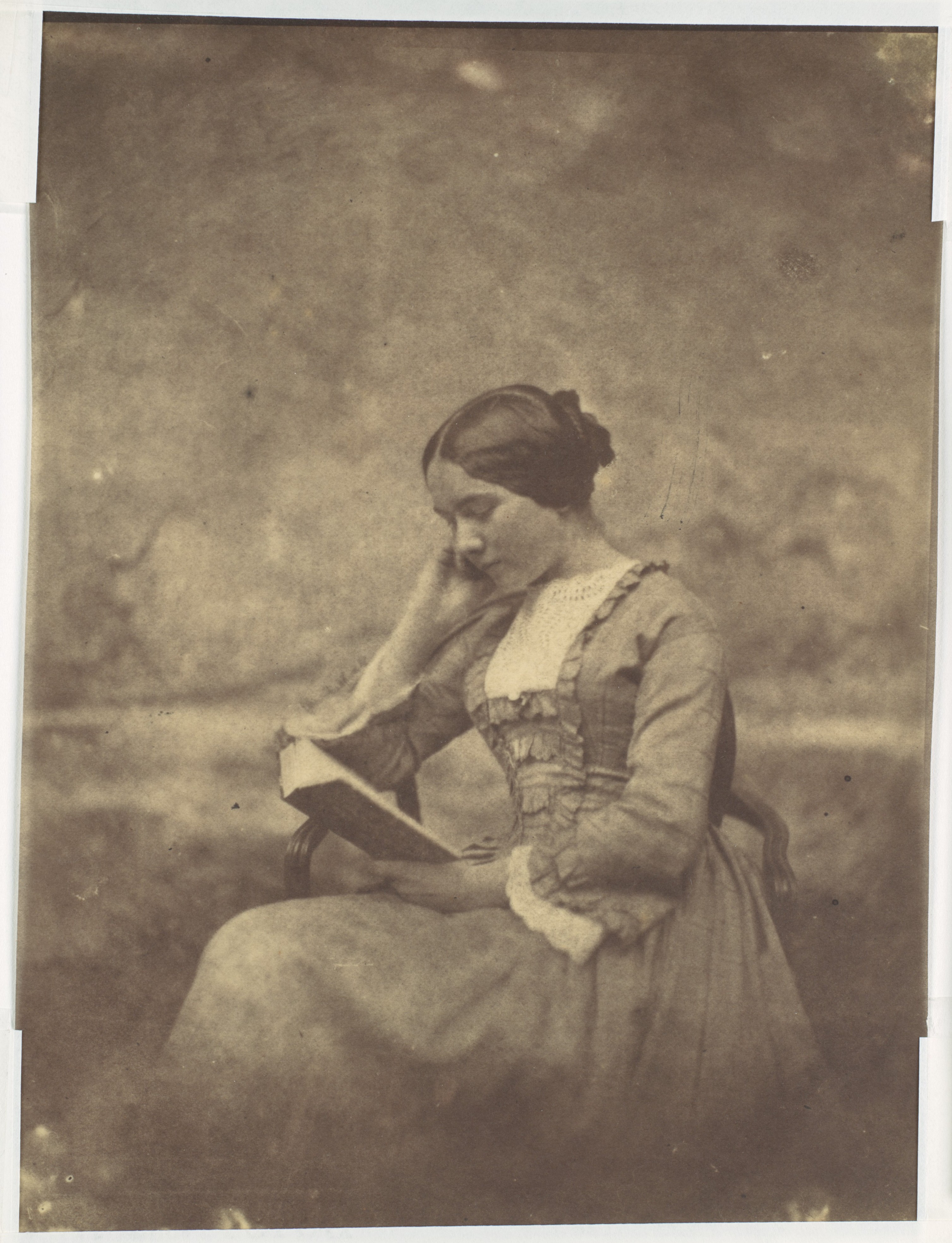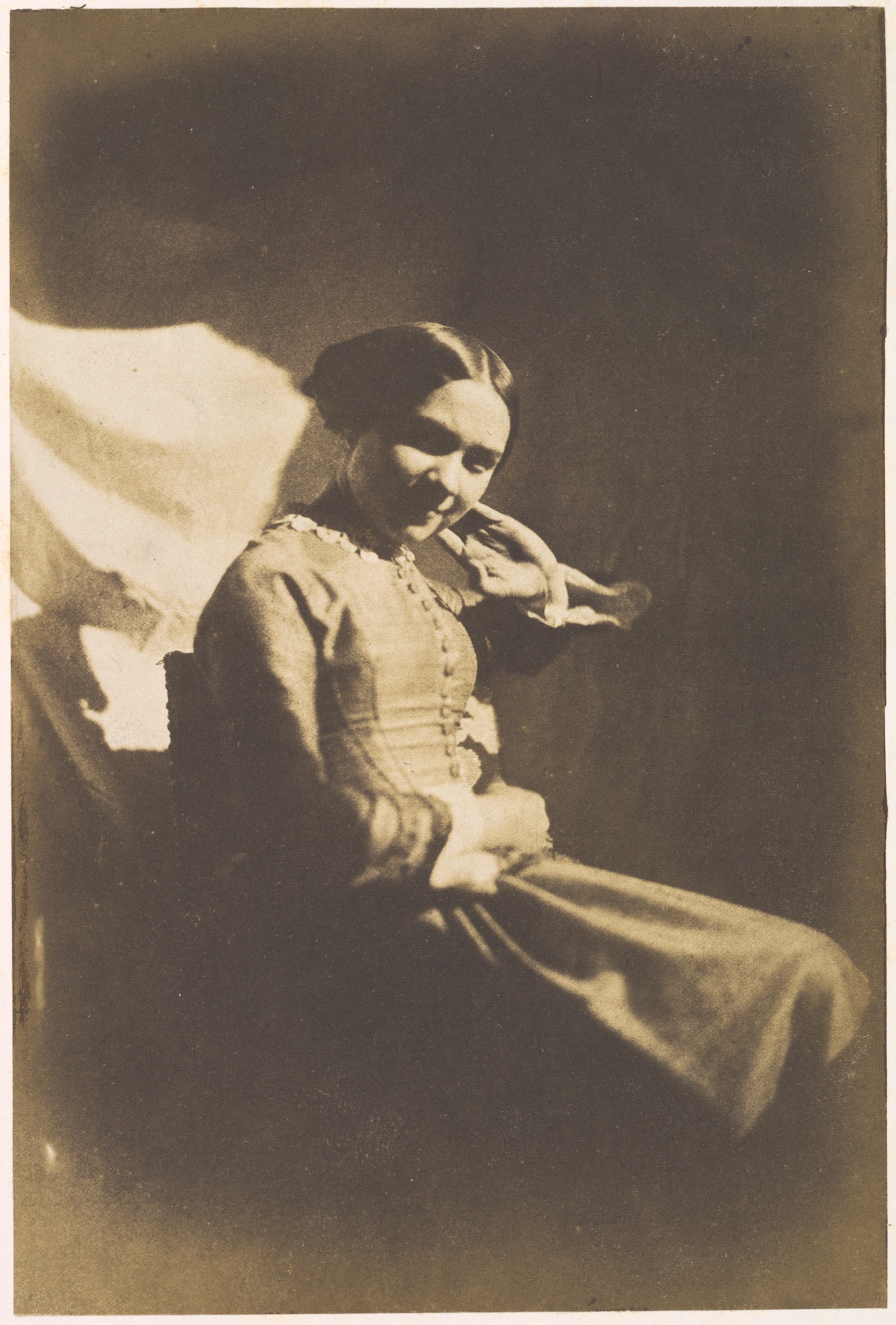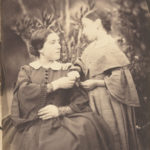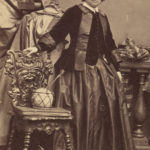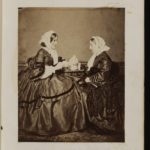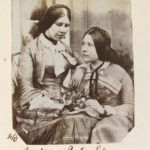Henriette-Caroline-Victoire Robert by Louis-Rémy Robert, 1850s
Although better known for his views of Versailles and Saint-Cloud, Robert was a gifted portraitist, as evidenced by this tender depiction of his daughter Henriette-Caroline-Victoire (born 1834) reading. In its quiet contemplative mood and soft atmospheric tonal palette, Robert’s rendering transposes the lexicon of contemporary French painting to the new medium. It is no surprise that the photograph recalls Corot‘s portraits of women reading, as the painter was also a member of the circle at Sèvres.
Here is another photo of Henriette-Caroline-Victoire by her father:
Louis-Rémy Robert was head of the gilding and painting ateliers at the Sèvres porcelain works. Shortly after Talbot’s paper negative process was demonstrated at the Academy of Sciences in 1847, Robert and Henri Regnault, the director of the manufactury, began experimenting with the new medium. Combining their knowledge of chemistry with their artistry, Robert and Regnault were among the first Frenchmen to make paper photographs that were both technically and aesthetically satisfying.
Many of their earliest photographs were portraits of family members, friends, and fellow artisans posed outdoors at Sèvres. In this image we see Robert’s daughter, Henriette-Caroline-Victoire, born in 1834. Despite her girlish figure, reduced to a sculptural fragment by the strong light-and-dark contrasts, she seems a woman completely. If she appears both demurely self-protective and openly charming, it is perhaps because she was aware of the presence of both her father and her husband, the painter Emile Van Marcke, who, in another photograph, joins his new wife, leaning into the sunlight behind her chair.
- source: MET Museum

